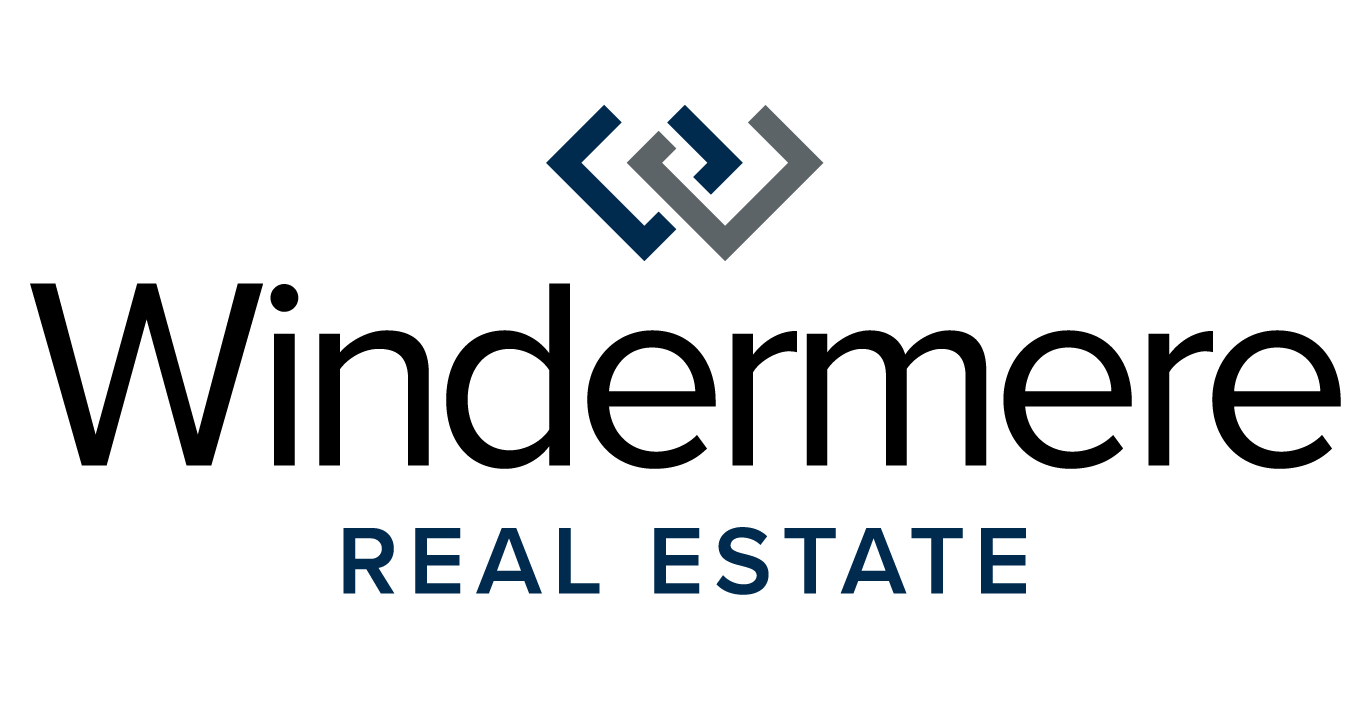SANTA ANA, Calif., July 16, 2019 (GLOBE NEWSWIRE) ? According to the latest ? report from Veros? Real Estate Solutions (Veros), Q2 2019 data shows the average projected appreciation rate for residential real estate in the nation?s 100 largest markets will be +3.7 percent over the 12 months ending June 1, 2020. This maintains the rate predicted in the first quarter 2019 forecast and signifies a leveling out after a four-quarter decline from a projected appreciation rate of +4.5 percent .
Veros, an award-winning industry leader in enterprise risk management, collateral valuation services, and predictive analytics, provides these quarterly VeroFORECAST reports to clients by subscription and to industry media in a summary overview. The current report is based on data from 343 Metropolitan Statistical Areas (MSAs) that include 13,719 zip codes, 987 counties, and represent 82 percent of U.S. residents.
?This flattening indicates that although there is definite softness overall in the housing market the fundamentals are healthy,? explained Eric Fox, Veros VP of Statistical and Economic Modeling and the report?s author. ?One potential contributing factor we saw in the models is some softening of mortgage interest rates, which is helping to prop up values and stem the decline.?
Another characteristic holding steady is that five percent of markets are projected to depreciate over the upcoming year, a figure that has remained the same since fourth quarter 2018, after it jumped from three percent in a single quarter.
The overview that Veros provides to the media includes Top Ten and Bottom Ten market lists, and for second quarter 2019, both these rankings are dominated by small-to-modest-sized MSAs. Housing supply is a key discriminator between the markets in this forecast?s top and bottom rankings. A very low housing supply is a feature of the markets where prices are expected to increase significantly. Population trends are another consistent characteristic, with slow or declining population growth contributing to low demand in markets at the lowest ranks of the forecast.
Here are the markets projected to appreciate the most and the least through June 1, 2020:
TOP TEN
1.Odessa, TX+9.7%2.Coeur D?Alene, ID+9.5%3.Idaho Falls, ID+9.4%4.Boise City-Nampa, ID+9.1%5.Midland, TX+8.0%6.Bellingham, WA+7.8%7., WA+7.4%8.Kennewick-Pasco-Richland, WA+7.2%9.Pocatello, ID+7.2%10.Yakima, WA+7.2%
BOTTOM TEN
1.Grand Forks, ND-MN-1.9%2.Bridgeport-Stamford-Norwalk, CT-1.7%3.Baton Rouge, LA-1.6%4.Lafayette, LA-1.2%5.Norwich-New London, CT-1.0%6.Danville, IL-0.9%7.Shreveport-Bossier City, LA-0.7%8.Hot Springs, AR-0.6%9.Jonesboro, AR-0.4%10.Houma-Bayou Cane-Thibodaux, LA-0.3%
Average forecast appreciation for the Top Ten is expected to be about +8.3 percent, up slightly from +7.9 percent a quarter ago. The Northwest continues to dominate the highest appreciating markets, with Idaho and Washington State each holding four of the Top Ten spots. The remaining two Top Ten MSAs are the oil-market Texas metros of Odessa, top-ranked with forecast appreciation of +9.7 percent, and Midland, ranked fifth with +8.0 percent.
The Midwest states of Indiana, Michigan, and Ohio are another area showing strength, with average statewide appreciation for all three expected to be around +5.0 percent. Arizona, too, is forecast to do uniformly well, with Metro Phoenix, which dropped out of last quarter?s Top Ten, expected to top +7.0 percent and Tucson starting to show signs of strength along with the smaller markets of Prescott and Sierra Vista, all projected to exceed +6.0 percent.
Despite having two of the forecast?s top-ranked MSAs, Texas is predicted to experience continuing softening. The major markets of Dallas-Fort Worth-Arlington and Houston-Sugar Land-Baytown are forecast to see residential real estate appreciate between just +2.0 and +3.0 percent.
Louisiana is forecast to do uniformly poorly, with four of its MSAs among the Bottom Ten markets. Connecticut and Arkansas each contribute two markets to the Bottom Ten, with the remaining two Bottom Ten markets located in North Dakota and Illinois. Even so, the most severe depreciation the report predicts is -1.9 percent for the Grand Forks, ND-MN MSA.
The same market strength that is buoying residential real estate values in the Northwest does not extend down the West Coast. Prices for property in California are expected to remain relatively soft. All major markets in the Golden State, including Los Angeles, the Bay Area, and San Diego, are expected to appreciate between +2.5 and +4.5 percent, in stark contrast to predicted appreciation rates of the recent past, which were often in double digits.
The nation?s largest market, the New York-Northern New Jersey-Long Island MSA, is expected to remain very soft through May 2020. What is driving metro real estate values lower, according to the forecast data, are large areas within the New York City boroughs as well as several markets in northern New Jersey. The borough of Manhattan, for instance, continues to be forecast with depreciation of -2.5 percent. Across New Jersey the average appreciation is only +1.7 percent.
FOR MORE INFORMATION
Real estate and mortgage professionals and those in the financial services sector who wish to receive either the complete quarterly reports or regional reports as they are released can subscribe. For more information email or call .
Additional forecasts and infographics for U.S. markets are available to the press for download and upon request. Visit for the .
About Veros Real Estate Solutions
A mortgage technology innovator since 2001, Veros is a proven leader in enterprise risk management and collateral valuation services. The firm combines the power of predictive technology, data analytics, and industry expertise to deliver advanced automated solutions that control risk and increase profits throughout the mortgage industry, from loan origination to servicing and securitization. Veros? services include automated valuation, fraud and risk detection, portfolio analysis, forecasting, and next-generation collateral risk management platforms. Veros is also the primary architect and technology provider of the GSEs? Uniform Collateral Data Portal (UCDP). For more information, visit or call .
About Eric Fox, VP of Statistical and Economic Modeling:
Eric Fox received his M.S. in Statistics and B.S. in Mathematics and Economics from Purdue University, and has 30 years of industrial experience in statistical and econometric modeling, probabilistic life methodology development, statistical training, probabilistic design software development, and probabilistic financial/competitive analysis. Fox has published more than 20 technical papers on probabilistic and statistical methods.
This article originally printed on: Beloit Bulletin


